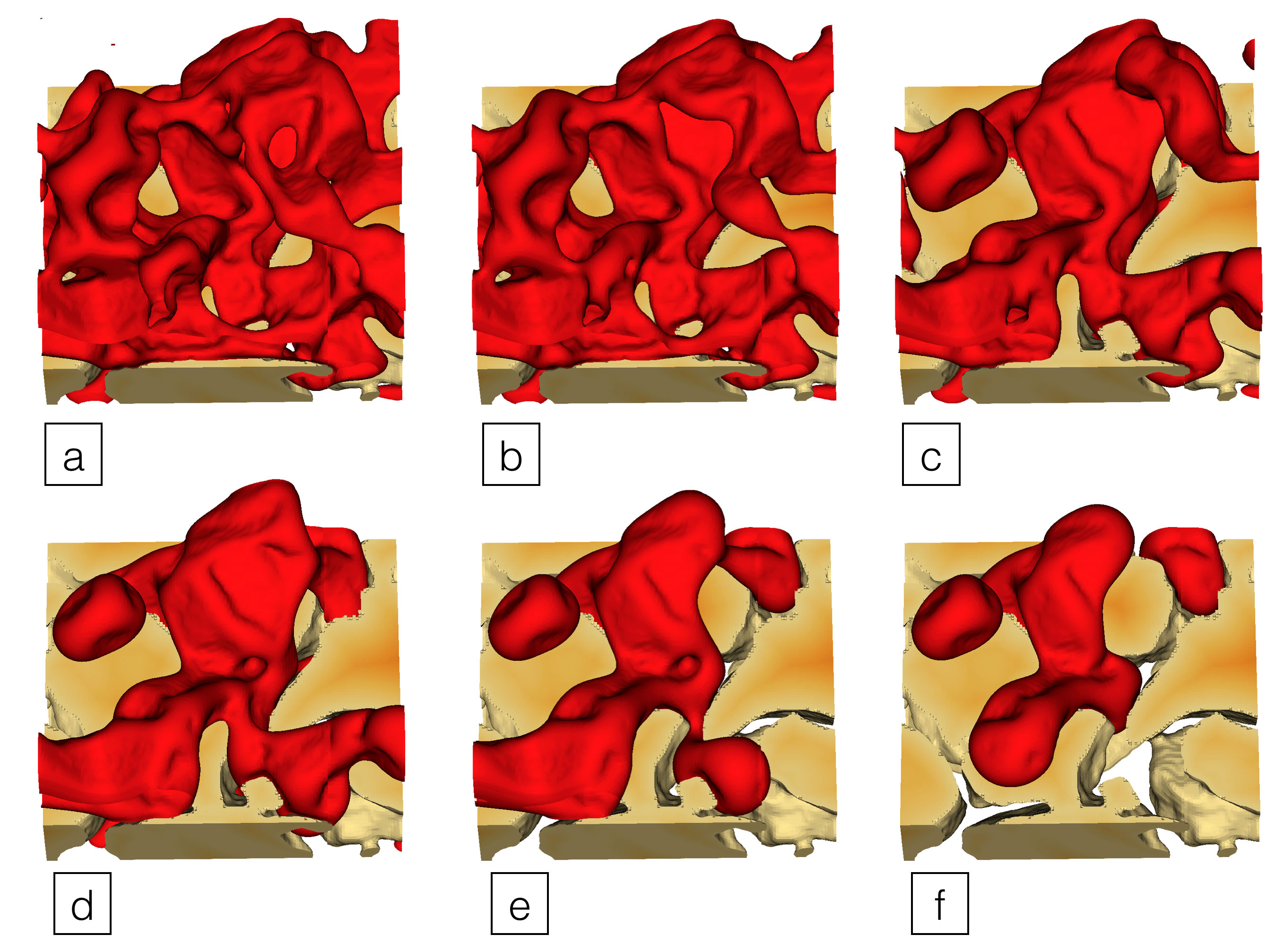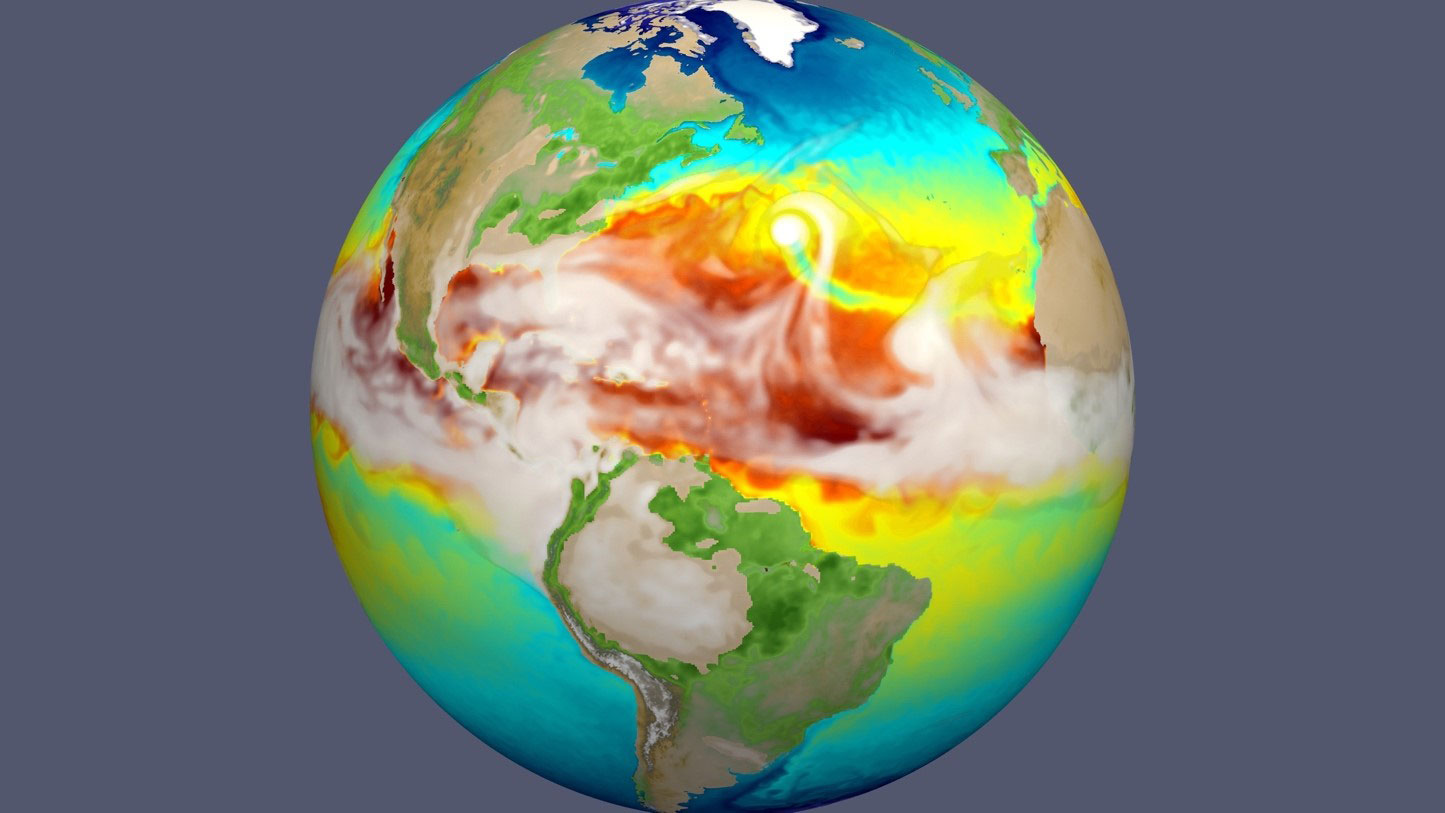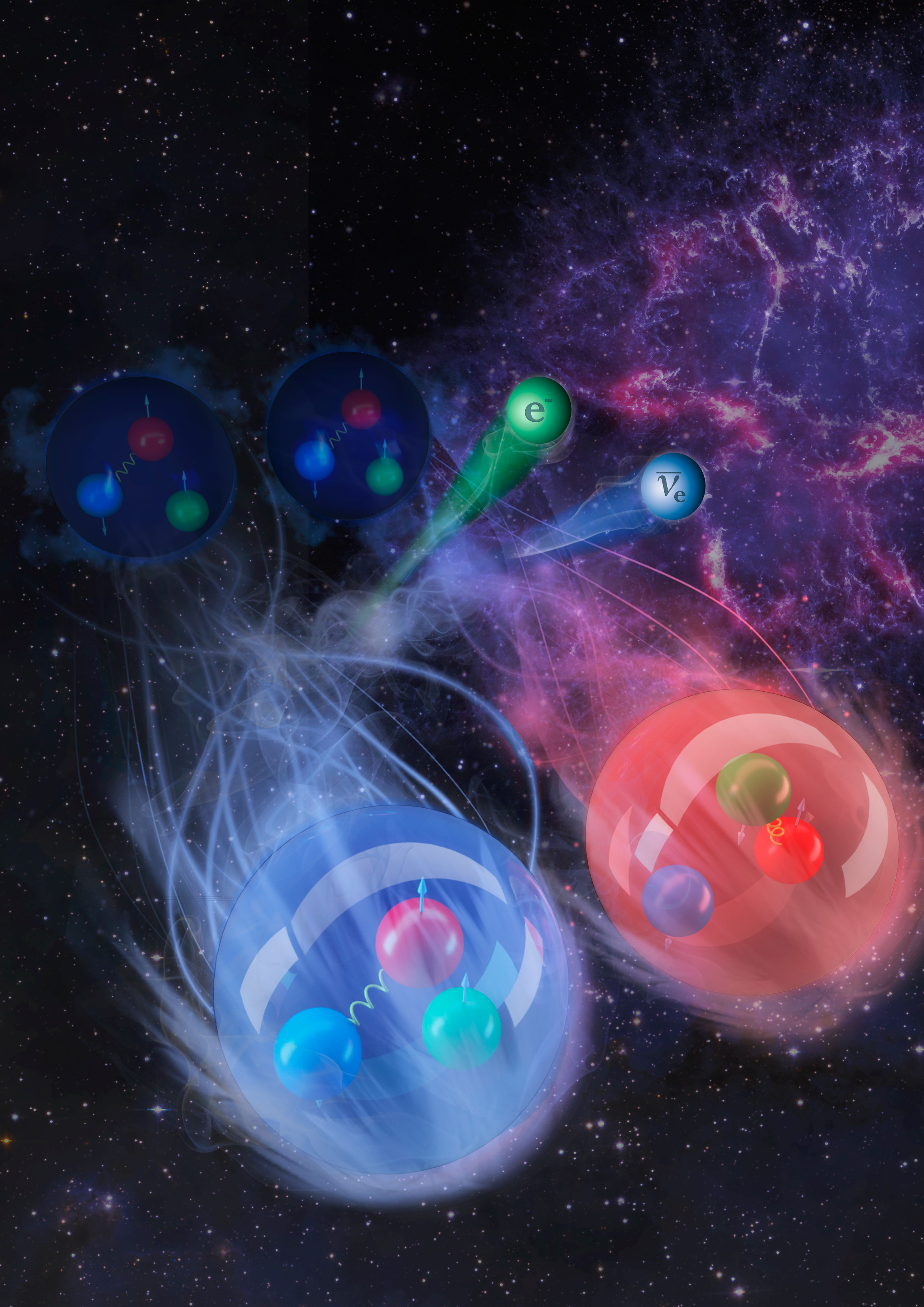
Computers Help Scientists Understand the Particles that Make Up Atoms
A team studied some of the smallest particles in the Universe on the nation’s fastest computer, Summit at Oak Ridge National Laboratory.

A team studied some of the smallest particles in the Universe on the nation’s fastest computer, Summit at Oak Ridge National Laboratory.

Measurements of nuclear charge radii and state-of-the-art nuclear models challenge the magic of neutron number 32 in potassium isotopes.

Extreme-scale turbulence simulation and AI discover a formula to predict the crucial exhaust heat-load width in future tokamak fusion reactors.

Researchers use a supercomputer to understand the mysterious “isotope effect” for better fusion reactors.

Nuclear theorists put pen to paper and code to computer to detail this subatomic particle’s inner structure.


Researchers determine how to design better materials for energy storage.

Researchers create the most complete model yet of complex protein machinery.

Ultrafast X-rays track how associated pairs of atoms find new locations when triggered by light.

Supercomputer validates mathematical approach for describing geological features.

Scientists use supercomputers to determine how reliably a popular Earth system model represents precipitation regionally and globally.

Researchers use advanced nuclear models to explain 50-year mystery surrounding the process stars use to transform elements.